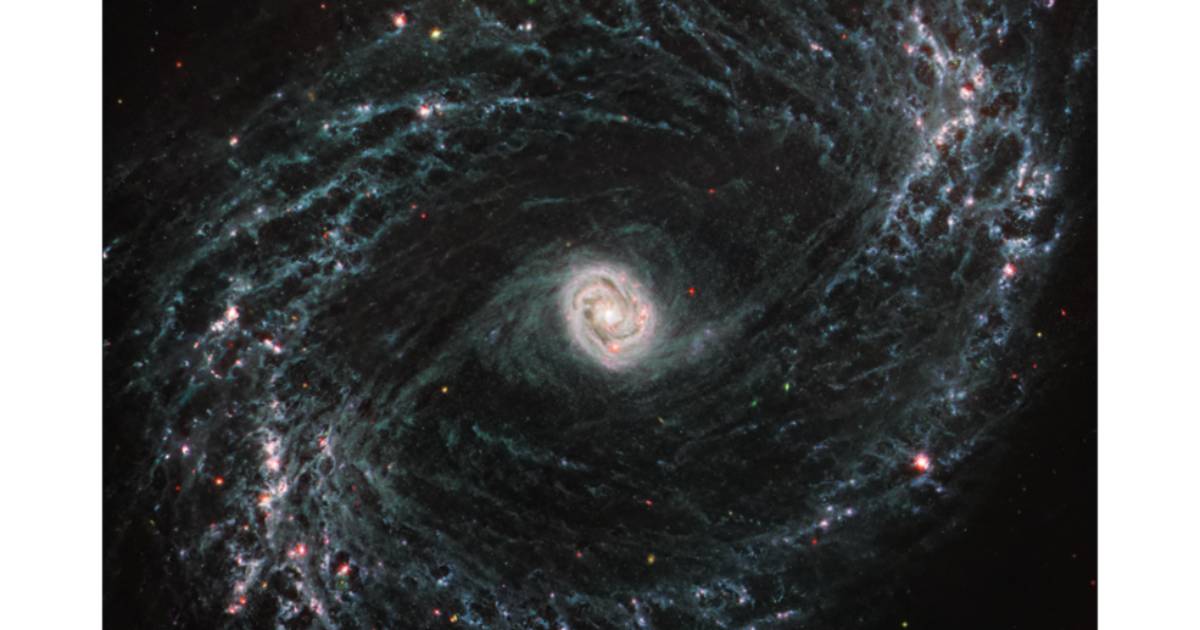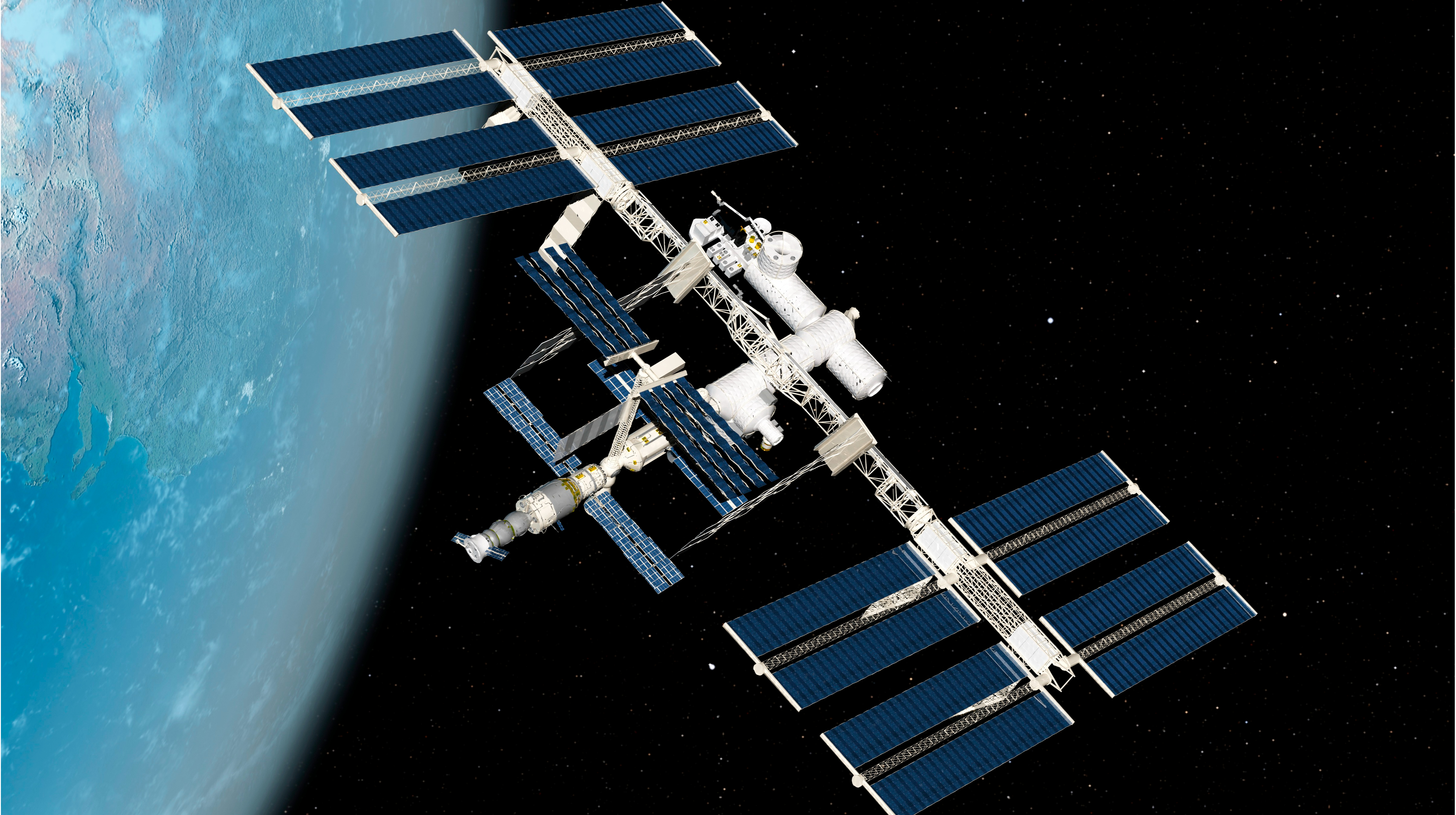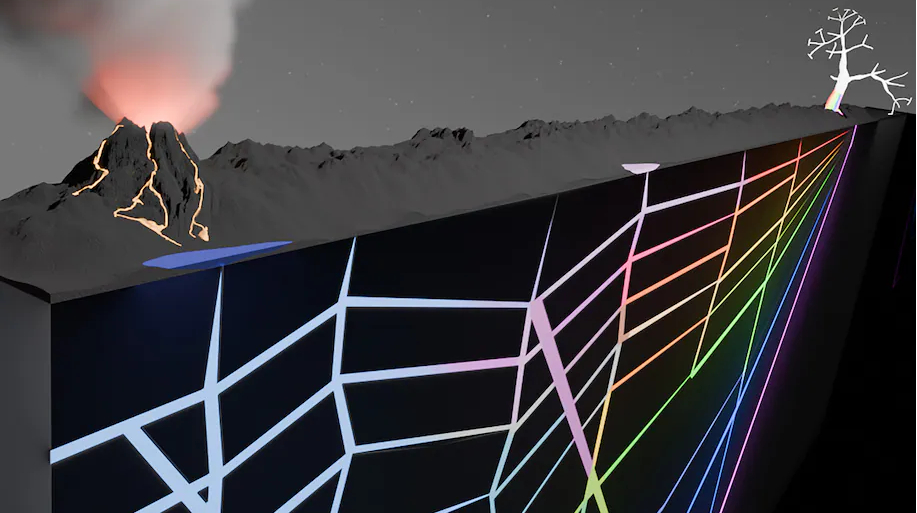The Webb Space Telescope has for the first time shown the complex structure of nearby galaxies. PHOTO

With the help of the James Webb Space Telescope, researchers for the first time clearly saw the formation of stars, gas and dust with a resolution in the infrared range. These data can help astronomers understand how some of the smallest processes in our universe – the beginning of star formation – affect the evolution of entire galaxies, reports NASA. More than 100 scientists from all over the world are engaged in the study of nearby galaxies. The Webby observations are led by Janice Lee, principal scientist at the Gemini Observatory at the National Science Foundation’s NOIRLab. In total, the formation of 19 spiral galaxies is being studied, but the latest study is based on observations of five. Clumps of dust and gas in the interstellar medium. Photo by NASA “The clarity with which we see the fine structure certainly took us by surprise,” said a member of the team from Johns Hopkins University (USA). According to an employee of the University of Alberta (Canada), this study helped to see how the energy from the formation of young stars affects the gas around them. Images obtained with the help of the Webb telescope indicate the presence of glowing dust elements and huge bubbles of gas that form spiral “sleeves” “. Spiral “sleeves”. Photo: Nasa The researchers concluded that in some galaxies this phenomenon consists of shells and bubbles where young stars release energy. “Areas that are completely dark in the Hubble images are illuminated in extraordinary detail in these new infrared images, allowing us to study how dust in the interstellar medium absorbs light from the forming stars and emits it back in the infrared, illuminating the complex network of gas and of dust,” explained team member Karin Sandstrom of the University of California, San Diego. The high-resolution images needed to study these structures had long eluded astronomers until Webb came along. The formation of stars, gas and dust with resolution in the infrared range. Photo: NASA According to a member of the research team from the University of Ohio State (USA), the PHANGS team spent many years observing these galaxies in optical, radio and ultraviolet light. Scientists believe that studying these interactions on the smallest scale can help understand the wider a picture of how galaxies have evolved over time. Recall that NASA expects that by the end of this decade, people will be able to live on the moon for a long time. Read also: New era of astronomy: the James Webb telescope sent a clear scientific picture
Original Source Link











